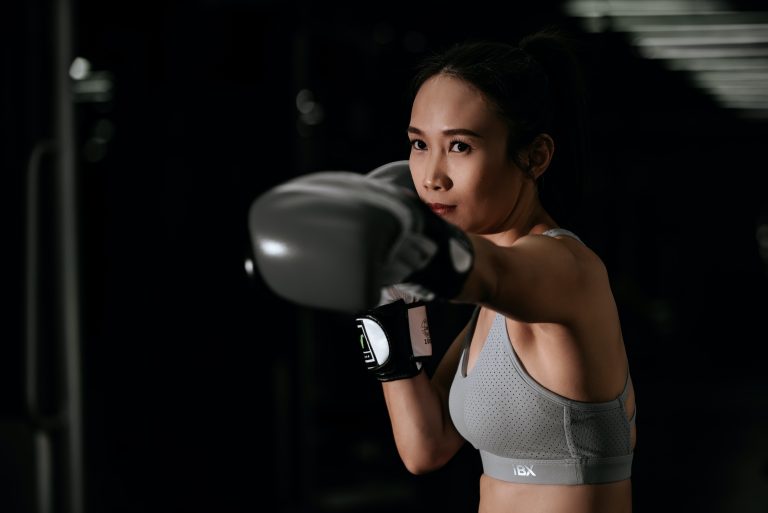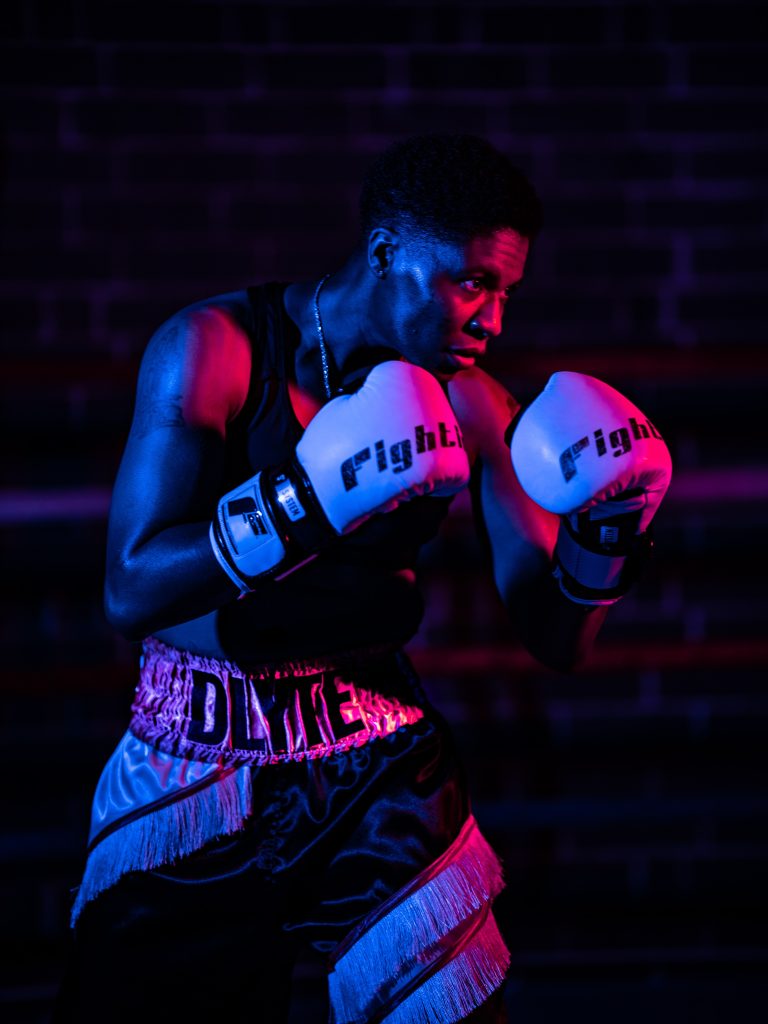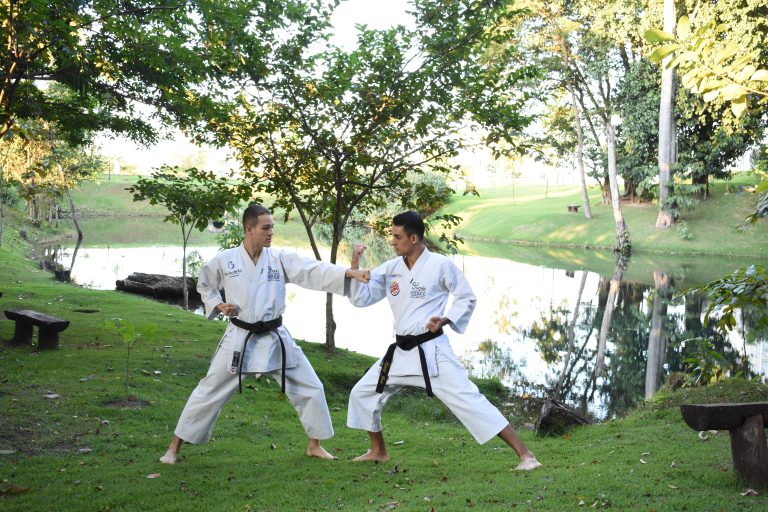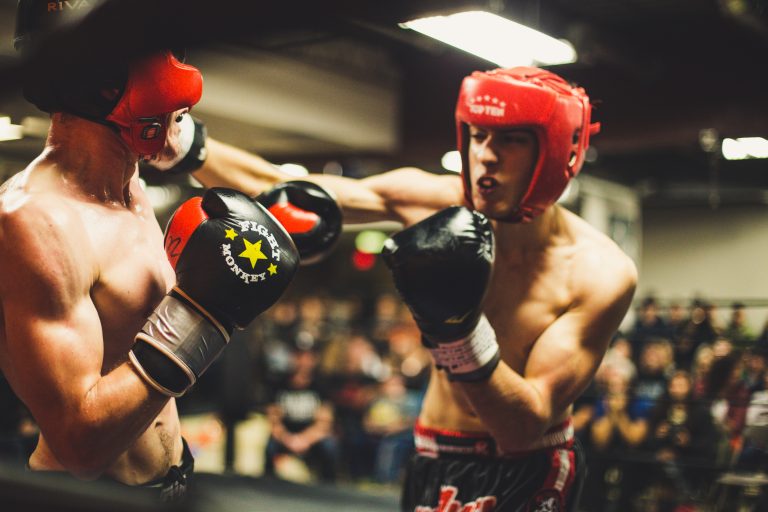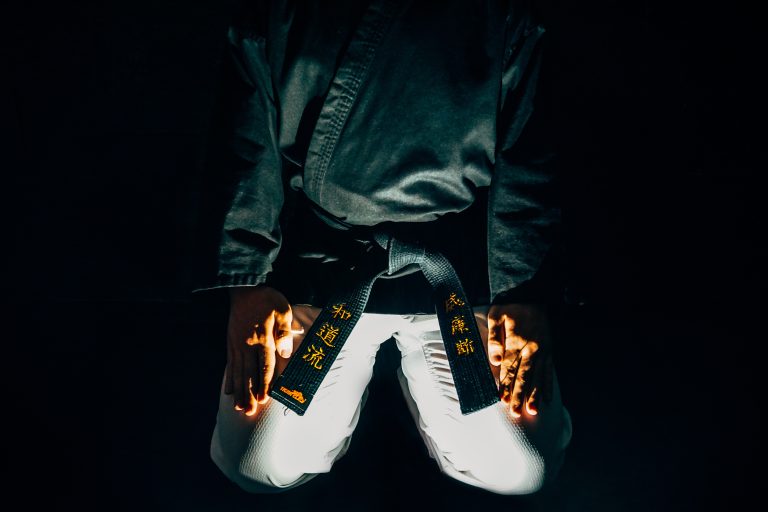Karate Basics: What Do You Need To Get Started?
So, you have decided to make karate part of your life. Congratulations! Karate is an ancient martial art full of life lessons that you can use for the rest of your life. But first things first: what do you need to get started on this journey? Let’s take a look at some of the basics that every karate practitioner needs to know.
Karate is all about mastering yourself through understanding the fundamentals. Therefore, having the right equipment and getting a good foundation in technique is extremely important for successful growth in karate. In this blog, we’ll discuss the basic gear and fundamentals for starting karate.
Karate Equipment: What Do You Need?
One thing is certain when it comes to karate: even if you’re just getting started there’s certain equipment that you need to get started. Without them, your karate experience will be incomplete and possibly dangerous. So, let’s take a look at what gear is necessary for starting karate.
Uniforms
The first and most important piece of equipment for karate is a uniform, otherwise known as a gi or keikogi. A quality karate uniform is essential for you to learn and practice effectively because it helps maintain a sense of proper etiquette in the dojo. It also absorbs sweat and minimizes abrasions, protecting your skin and contributing to your overall safety in training. And above all, it’s an easily recognizable symbol of your commitment to the martial art!
When shopping for a good karate uniform, it is important to look for one that fits properly and is made of breathable fabric such as cotton or polyester blend. The fit should be snug, but not too restrictive; this allows you to move freely while ensuring the gi won’t come undone during practice. It should also include an appropriate belt that denotes your skill level in the martial art.
For beginners, there are several reputable brands that make high-quality uniforms such as Tokaido and Kihon Pro.
Protective Gear
In addition to the traditional gi, any karate practitioner needs other protective gear as well. Most karate styles, such as Shotokan Karate and Goju-ryu Karate, involve substantial contact, so it is important to protect yourself from injury. Things like mouth guards, headgear, groin cups, and shin guards should be considered for anyone at any level who participates in sparring or drilling with contact.
Aside from protective gear, the other essential items are hand and foot pads, often referred to as mitts and pads. These are used to absorb impact during training and protect against injuries while practicing techniques. Additionally, they provide greater feedback when striking surfaces such as pads or focus mitts, which are highly encouraged during training.
Karate Fundamentals: Breaking Down The Basics
Now that we have discussed the necessary equipment for starting karate, let’s take a look at some of the fundamentals that every karate student should learn before jumping into classes or a dojo.
Kihon (Basics)
Kihon is the foundation of all martial arts, so it’s important to master basic movements before anything else. This includes stances (kamae), punches (zuki), blocks (uke), kicks (geri), and strikes (atemi).
These basics drills should be the focus of your training early on because they serve as a foundation for more advanced techniques and will help ensure you don’t develop poor habits with time.
Kata (Forms/Patterns)
Once you have mastered the kihon or basics, it’s time to start learning kata or forms. Kata is a choreographed sequence of movements that represent self-defense against a variety of attacks from several attackers at once. Kata helps the student develop muscle memory and practice various combinations of techniques together in a logical way.
Kata often comes with short narratives or stories that provides foundational principles for solutions against these all-encompassing attacks. Therefore understanding these stories can help you discover applications for the techniques used in each kata, leading to self-defense principles that can be applied in real-life scenarios.
Kumite (Sparring)
Once you have achieved a decent mastery of basic techniques and some kata, you can start learning kumite or sparring. Sparring can help students improve their reflexes and discover their personal strengths and weaknesses quickly. It also offers important lessons on timing, distance management, and strategy that can only be learned in this dynamic environment.
Kumite drills involve sparring partners using techniques they have learned against each other in a controlled environment overseen by an instructor. It’s important to spar safely and not overtrain or be overly aggressive; this is why protective gear is essential if you plan on doing any form of kumite.
Conclusion
Getting started in martial arts generally requires careful attention to detail and dedication to practice and consistent training. And starting in karate specifically requires additional considerations regarding clothing and protective gear; even for beginners!
Nevertheless, with a good understanding of the necessary gear and fundamental concepts you should be well on your way to having a successful start to your journey in karate! So never forget the basics like proper stance, footwork, strikes and blocks when learning new techniques or forms – they will help ingrain proper body mechanics and make you efficient in any situation. Good luck!
Karate Equipment: What Do You Need?
Karate is a popular martial art that originated in Okinawa, Japan. It is a physical practice that requires discipline and dedication. One important aspect of karate is the equipment used during training and competitions. Here are some of the most frequently asked questions about karate equipment and what you need to get started.
What equipment do you need for karate?
To start practicing karate, you don’t need much equipment. The most important items include:
- Training uniform (gi)
- Belt (obi)
- Hand wraps (tekkou)
- Mouth Guard
The gi is the most recognizable piece of karate equipment. It is a loose-fitting, cotton outfit that is designed to allow for maximum range of motion during training and competition. The belt, which is tied around the waist of the gi, signifies a student’s rank and progression through the martial arts system. Hand wraps are worn to protect the hands and wrists during striking practice, while a mouth guard is worn to protect the teeth and mouth during sparring and competitions.
What additional equipment should you consider for karate?
As you progress in your karate practice, you may want to invest in additional gear to enhance your experience and protect you during training and competitions. Some additional equipment to consider includes:
- Fight gloves
- Headgear
- Shin and foot guards
- Chest protector
Fight gloves are typically used in sparring to protect your hands and your opponent. They are different from regular boxing gloves because they have more padding around the knuckles and are designed for punch and open-hand strikes. Headgear is designed to protect your head and face during sparring, while shin and foot guards are designed to protect your legs and feet during practice. A chest protector is designed to protect the chest and stomach areas during sparring and competitions.
What should you consider when purchasing karate equipment?
When purchasing karate equipment, there are several factors to consider. Here are a few important things to keep in mind:
- Size and fit: Make sure you choose equipment that is the right size and fit for you. Ill-fitting equipment can hinder your performance and may even be dangerous.
- Quality: Look for high-quality equipment that is durable and designed to withstand the rigors of karate training and competition.
- Price: Karate equipment can be expensive, especially if you are purchasing a lot of gear. Look for deals and discounts to stretch your budget.
- Brand reputation: Choose equipment from reputable brands that are known for producing high-quality gear.
Where can you purchase karate equipment?
You can purchase karate equipment from a number of different sources, including:
- Specialty martial arts shops
- Online retailers
- Local sporting goods stores
When purchasing equipment online, make sure to read reviews and choose a reputable seller to avoid counterfeit or low-quality products.
How can you pack and transport your karate equipment?
Karate equipment can be bulky and difficult to transport, especially if you are traveling to competitions or training sessions. Here are some tips for packing and transporting your gear:
- Invest in a high-quality gear bag that is designed specifically for martial arts equipment.
- Roll your gi and other clothing items tightly to save space and prevent wrinkles.
- Pack your equipment in a specific order to make it easier to find what you need.
- Take only what you need and leave behind any unnecessary items to save space.
Conclusion
As you can see, karate equipment is an important component of your martial arts practice, but it doesn’t have to be overwhelming or expensive. By starting with the basics and investing in high-quality gear as you progress, you can ensure that you have the necessary equipment to perform at your best and protect yourself during training and competitions. Be mindful of fit, quality, and price when purchasing equipment, and don’t forget to invest in a high-quality gear bag to transport your gear with ease.
Inhaltsverzeichnis

